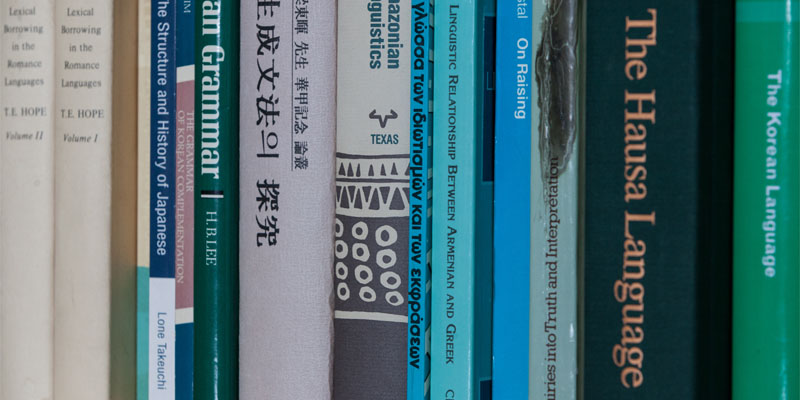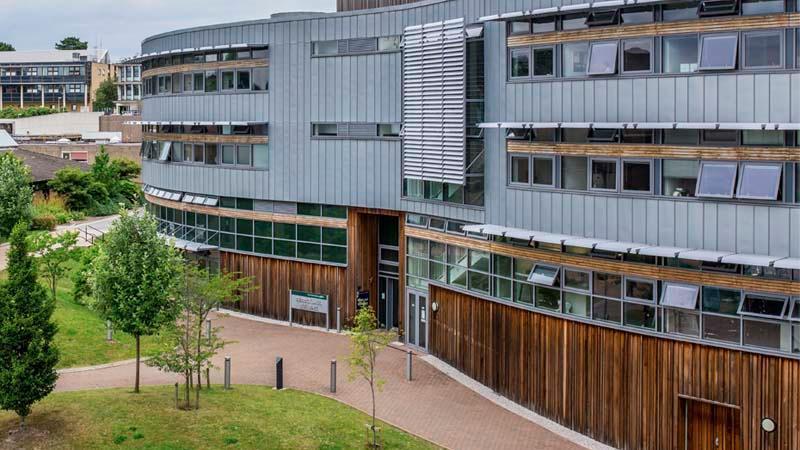
Language History and Language Diversity
Publications
Across language families: DNA diversity mirrors linguistic variation within Europe
Longobardi, G., Ghirotto, S., Guardiano, C., Tassi, F., Benazzo, A., Ceolin, A. & Barbujani, G. 2015. Across language families: DNA diversity mirrors linguistic variation within Europe. American Journal of Physical Anthropology, 157, 630–640.
Mapping the world’s linguistic diversity: this study, led by Giuseppe Longobardi, showed that language proves a better predictor of genetic differences than the geographical distribution of population. As part of his study he observed significant correlations between genetic and linguistic diversity across the Indo-European and non-Indo-European-speaking populations of Europe.
At the boundaries of Syntactic Prehistory
Giuseppe Longobardi, Cristina Guardiano, Andrea Ceolin, Monica-Alexandrina Irimia. 2021. At the boundaries of Syntactic Prehistory. Philosophical Transactions of the Royal Society B: Biological Sciences 376: 20200197.
Can language relatedness be established without cognate words? This question has remained unresolved since the nineteenth century, leaving language prehistory beyond etymologically established families largely undefined. We address this problem through a theory of universal syntactic characters. We show that not only does syntax allow for comparison across distinct traditional language families, but that the probability of deeper historical relatedness between such families can be statistically tested through a dedicated algorithm which implements the concept of ‘possible languages’ suggested by a formal syntactic theory. Controversial clusters such as e.g. Altaic and Uralo-Altaic are significantly supported by our test, while other possible macro-groupings, e.g. Indo-Uralic or Basque-(Northeast) Caucasian, prove to be indistinguishable from a randomly generated distribution of language distances. These results suggest that syntactic diversity, modelled through a generative biolinguistic framework, can be used to provide a proof of historical relationship between different families irrespectively of the presence of a common lexicon from which regular sound correspondences can be determined; therefore, we argue that syntax may expand the time limits imposed by the classical comparative method.
Morphological Complexity
Matthew Baerman, Dunstan Brown, Greville G. Corbett
Inflectional morphology plays a paradoxical role in language. On the one hand it tells us useful things, for example that a noun is plural or a verb is in the past tense. Yet it may also come across as a gratuitous over-elaboration –especially when morphological structures operate at cross purposes to the general systems of meaning and function that govern a language, yielding inflection classes and arbitrarily configured paradigms. This is what we call morphological complexity. Manipulating the forms of words requires learning a whole new system of structures and relationships.
This book confronts the typological challenge of characterising the wildly diverse sorts of morphological complexity we find in the languages of the world.
The Scandinavian element in Leicestershire minor names: a study of East Goscote north of the Wreake
Rye, Eleanor (2023)
The Scandinavian element in Leicestershire minor names:a study of East Goscote north of the Wreake.
Journal of the English Place-Name Society. pp. 13-51.
ISSN 1351-3095
The acquisition of demonstratives in a complex noun class system
Sagna, Serge , Vihman, Virve-Anneli, Vihman, Marilyn, Brown, Dunstan (2022)
The acquisition of demonstratives in a complex noun class system.
Word Structure. pp. 226-251.
ISSN 1750-1245
People
- Professor Dunstan Brown
- Professor Giuseppe Longobardi
- Dr Eleanor Rye
- Dr Joel Wallenberg

